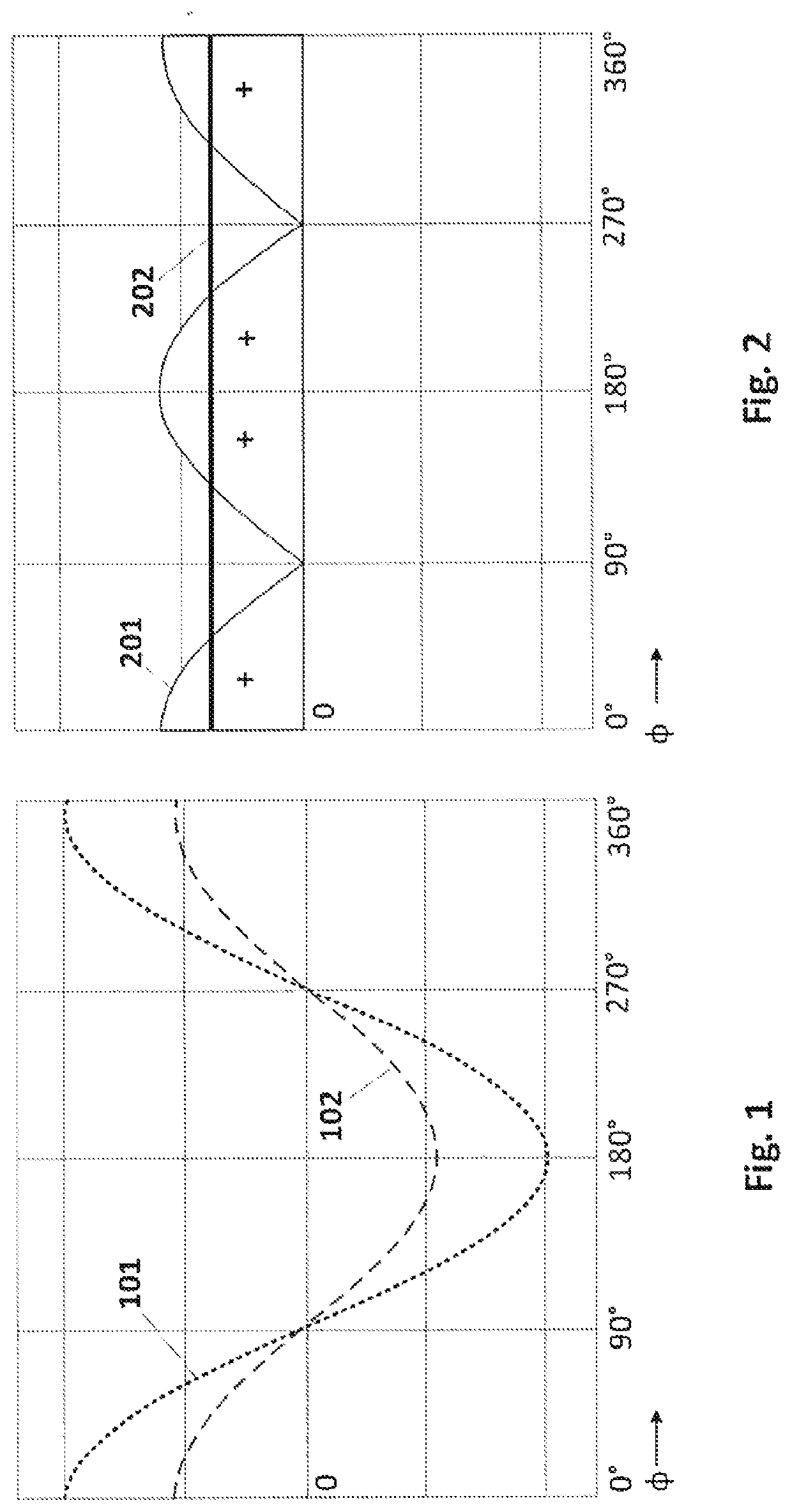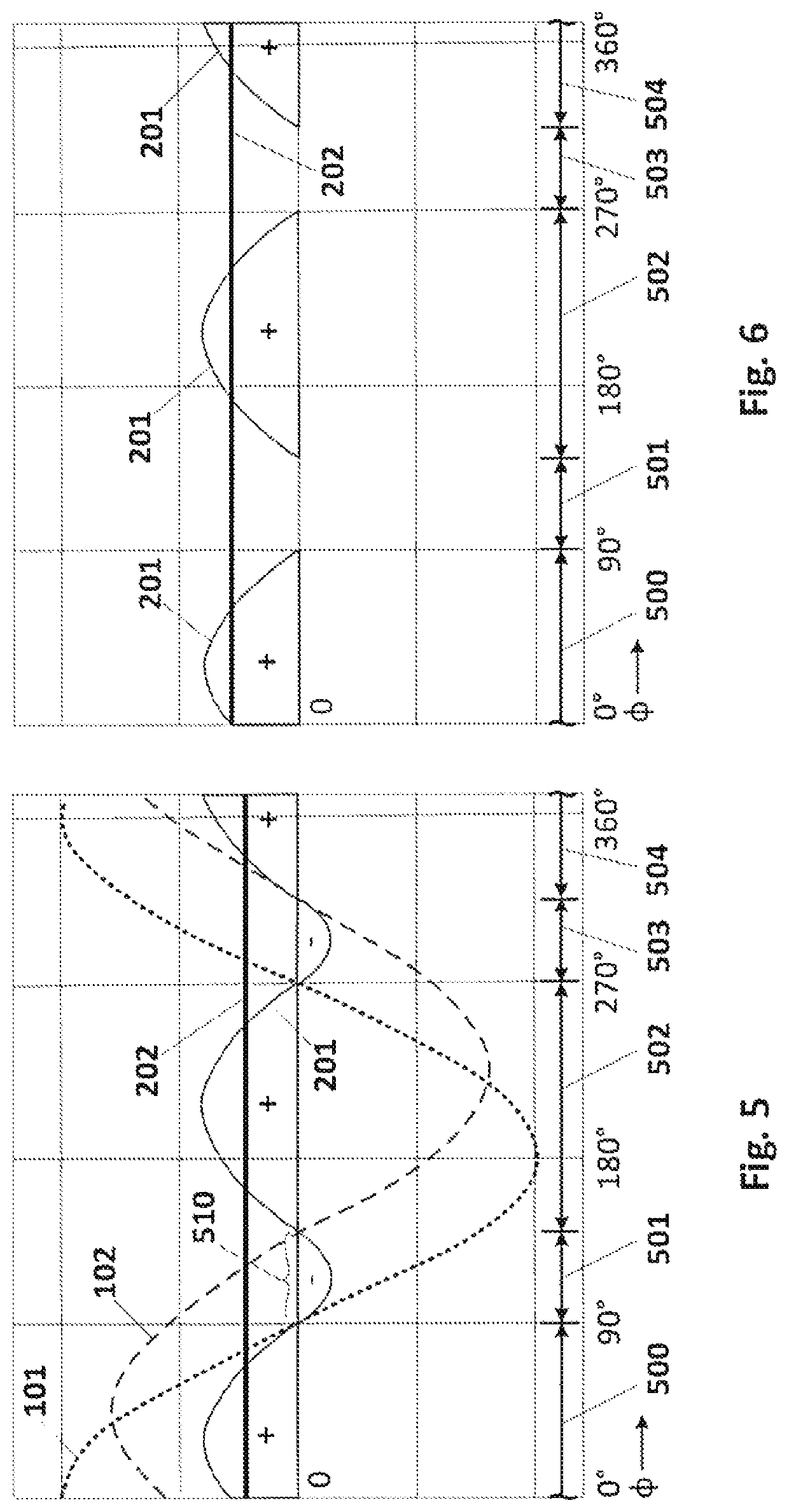Device and process for detecting and mitigating reverse power-flow
a technology of reverse power flow and switching circuit, which is applied in the direction of climate sustainability, power conversion systems, ac networks with different sources with the same frequency, etc., to achieve the effects of reducing transmission losses, reducing power losses, and improving voltage regulation
- Summary
- Abstract
- Description
- Claims
- Application Information
AI Technical Summary
Benefits of technology
Problems solved by technology
Method used
Image
Examples
Embodiment Construction
Customer Site Implementation.
[0592]FIG. 32 depicts a typical customer site which may have the power service line 1591 connected to a utility meter 3201 which may then be connected to an existing utility cabinet 2908 that houses a customer service panel (not shown).
[0593]FIG. 33 depicts the present invention example customer site implementation. Cables are needed to interconnect the power service line 1591 and recovery service line 2131 to the present invention which is accomplished by implementing a new utility cabinet extension 3301 located above the utility meter 3201 but could also be located below the utility meter 3201. All power cables and sensor lines used for the present invention may then be extended through a conduit 3302 to the recycled power system (not shown) enclosed in a preferred new utility cabinet system 2909. The cable extension implementation allows the new utility cabinet to be located in an alternate location from what is shown in the figure. The reconditioned ...
PUM
 Login to View More
Login to View More Abstract
Description
Claims
Application Information
 Login to View More
Login to View More - R&D
- Intellectual Property
- Life Sciences
- Materials
- Tech Scout
- Unparalleled Data Quality
- Higher Quality Content
- 60% Fewer Hallucinations
Browse by: Latest US Patents, China's latest patents, Technical Efficacy Thesaurus, Application Domain, Technology Topic, Popular Technical Reports.
© 2025 PatSnap. All rights reserved.Legal|Privacy policy|Modern Slavery Act Transparency Statement|Sitemap|About US| Contact US: help@patsnap.com



